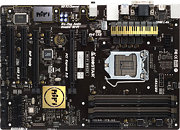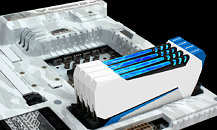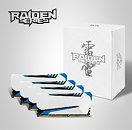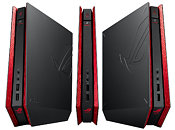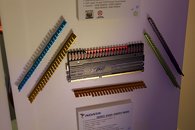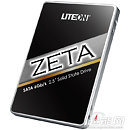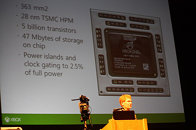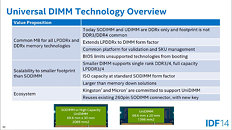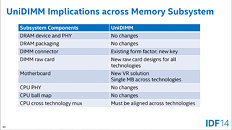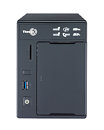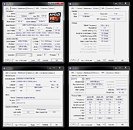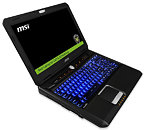
BIOSTAR Reveals Hi-Fi B85Z5 Motherboard
The newest motherboard based on Intel B85 single chip architecture by BIOSTAR is ready to work hard and play hard. The Hi-Fi B85Z5 supports Intel's 4th generation Core i7 and Core i5 processors in the 1150 package and is ready for a work out with 4 channel DDR3 slots for maximum memory support of up to 32GB.
BIOSTAR's Hi-Fi B85Z5 delivers a business-rich option at a value price compared to the other companies. The Hi-Fi B85Z5 features BIOSTAR innovative Hi-Fi technology, a built-in powerful headphone amplifier and Super LAN Surge Protection which enhances Ethernet protections. Being an Intel B85 chipset based system, it comes with features like Intel Rapid Storage Technology (Intel RST), for faster system boot and shorter application load time, and Intel Small Business Advantage (Intel SBA), which delivers business-centric security protection, such as after-hours virus scans and data backup, and blocks recognition of unwanted USB drives and Intel's Smart Connect Technology.
BIOSTAR's Hi-Fi B85Z5 delivers a business-rich option at a value price compared to the other companies. The Hi-Fi B85Z5 features BIOSTAR innovative Hi-Fi technology, a built-in powerful headphone amplifier and Super LAN Surge Protection which enhances Ethernet protections. Being an Intel B85 chipset based system, it comes with features like Intel Rapid Storage Technology (Intel RST), for faster system boot and shorter application load time, and Intel Small Business Advantage (Intel SBA), which delivers business-centric security protection, such as after-hours virus scans and data backup, and blocks recognition of unwanted USB drives and Intel's Smart Connect Technology.

